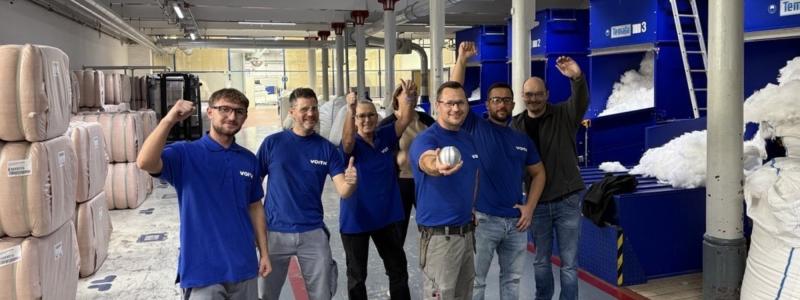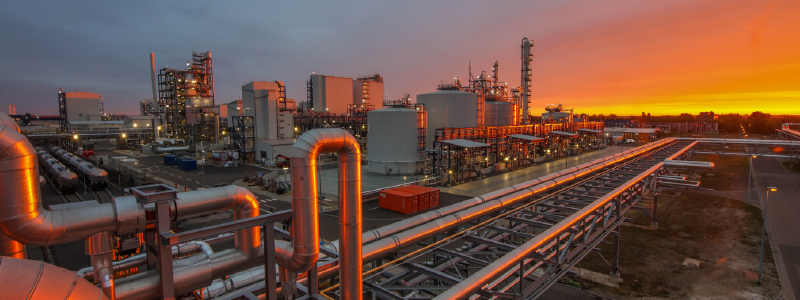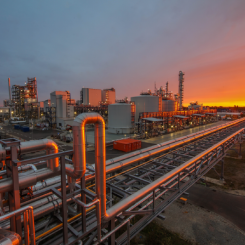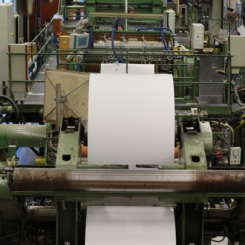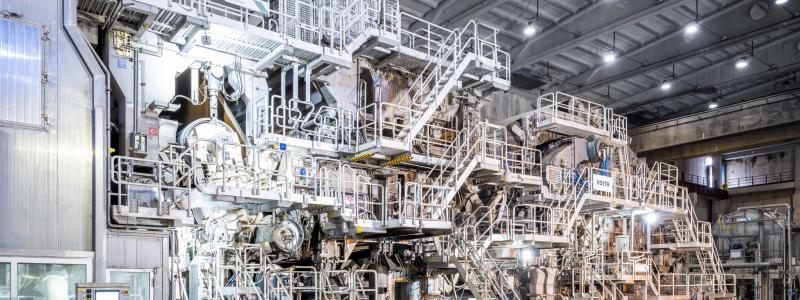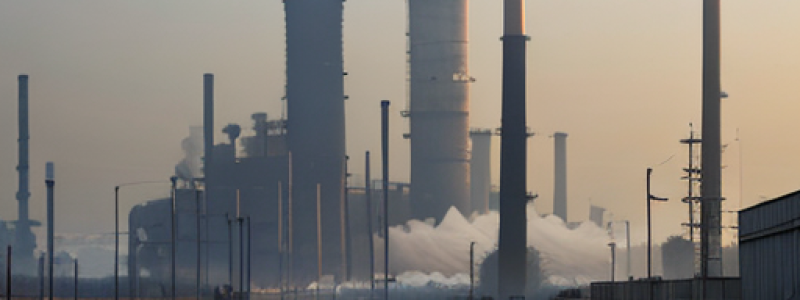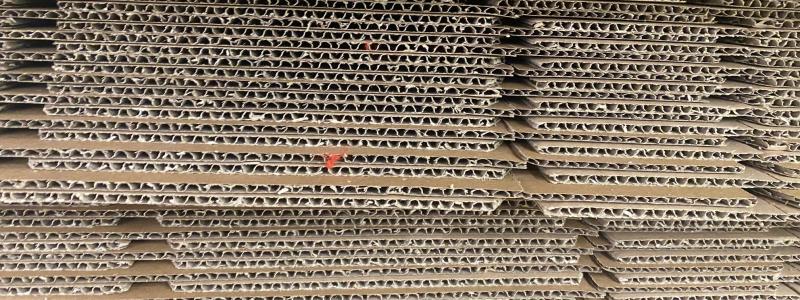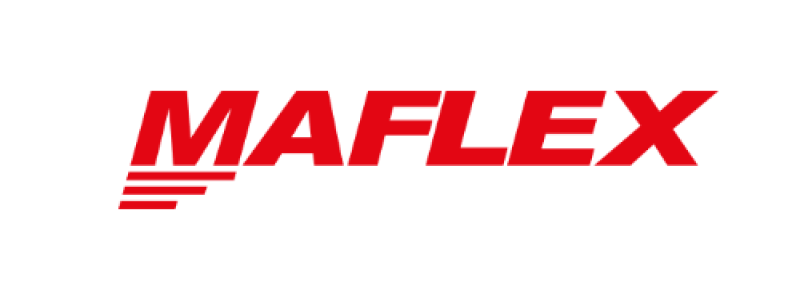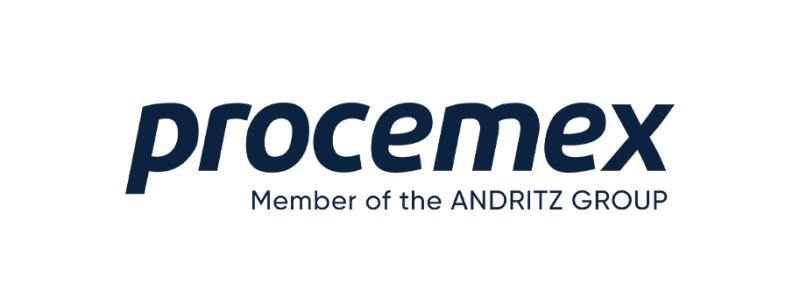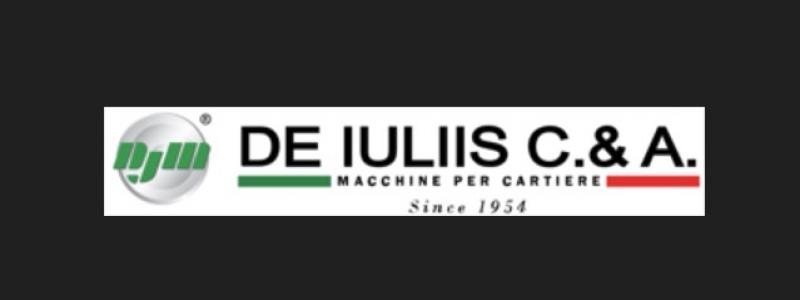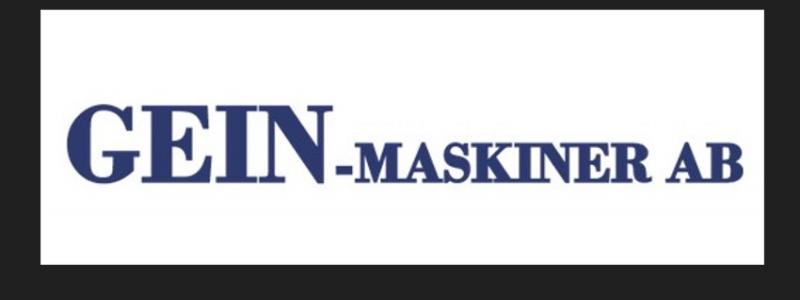The global pulp and paper industry is entering a new period of uncertainty after several turbulent years marked by supply chain shocks, rising costs, and shifting market dynamics.
While packaging demand continues to grow, analysts warn that the rapid build-up of new capacity could soon trigger a global oversupply of fibre-based products.
According to a recent market analysis, the global paper and pulp market was valued at 500 billion USD in 2024 and is expected to reach 650 billion USD by 2033, representing an annual growth rate of around four per cent. The trend, however, hides deep structural divides – strong expansion in packaging and tissue paper, but continued decline in printing and writing grades.
Graphic paper decline accelerates
The cyclical downturn that began in 2020 accelerated the long-term decline of graphic paper as digitalisation reshaped reading and communication habits.
Lockdowns and border closures during the pandemic disrupted global supply chains, while geopolitical tensions and sanctions pushed up energy and raw material costs.
European producers faced some of the toughest conditions, with soaring energy prices that could not be fully passed on to customers. As a result, the industry reported sharp profit declines in 2023.
Even though a modest recovery is expected in 2024–2025, business conditions remain difficult.
“The European paper industry has shown remarkable resilience despite escalating energy costs,” the study notes.
Packaging expansion risks global glut
Packaging paper and board now account for over 60 per cent of global market share, driven by the boom in e-commerce and the transition away from plastic packaging.
Yet the sector’s investment surge may have gone too far. Several large-scale packaging board mills are being built, particularly in Asia, as producers seek to capture global market share.
At the same time, capacity is expanding in Europe and the Americas – a combination that could lead to a worldwide surplus of fibre-based packaging materials.
Analysts warn that such overcapacity may trigger consolidation in Asia or lead to heavy export flows from East to West, where demand growth is much slower. The result could be downward price pressure and reduced profitability across the supply chain.
Technology and sustainability reshape production
Despite economic headwinds, the industry continues to evolve technologically.
AI-driven manufacturing systems and IoT-based supply chain tools are increasingly used to improve operational efficiency and reduce waste. Innovations in fibre processing, eco-friendly bleaching, and digital printing are also strengthening product quality and sustainability credentials.
The speciality paper segment – including grades for pharmaceuticals, food packaging, and premium printing – is forecast to expand steadily through 2035.
A comprehensive review of more than 70 speciality paper types highlights strong demand growth in Asia and North America, reflecting regional diversification and industrial innovation.
Environmental regulation is another major driver. Stricter government policies and consumer preferences for biodegradable and recyclable materials are forcing producers to accelerate their transition toward cleaner technologies.
However, this shift comes at a cost – especially in Europe, where environmental compliance and energy prices weigh heavily on margins.
Asia leads the global growth curve
The Asia-Pacific region remains the powerhouse of global expansion, with an average annual growth rate of around 4,5 per cent, driven by rapid industrialisation, urbanisation, and rising consumer income.
China, India, and Indonesia lead the pack, while Japan and South Korea invest in advanced production technologies to maintain competitiveness.
North America focuses on efficiency improvements and circular business models, while Europe emphasizes sustainable production but struggles with weak domestic demand and high costs.
In Latin America, producers such as Suzano and CMPC are consolidating their roles as major global pulp exporters.
Emerging regions such as Africa and the Middle East are seeing new investments, though their overall market volumes remain limited.
Analysts agree that the coming decade will determine whether the paper and pulp sector can balance growth with sustainability – or whether the combination of overcapacity, energy costs, and environmental constraints will usher in a new era of consolidation.
Fact check:
The global pulp and paper market is forecast to grow from about 500 billion USD in 2024 to 650 billion USD by 2033, driven mainly by packaging and tissue paper demand.
Source: Market Size & Trends, Global Paper and Pulp Market Report 2024–2033





